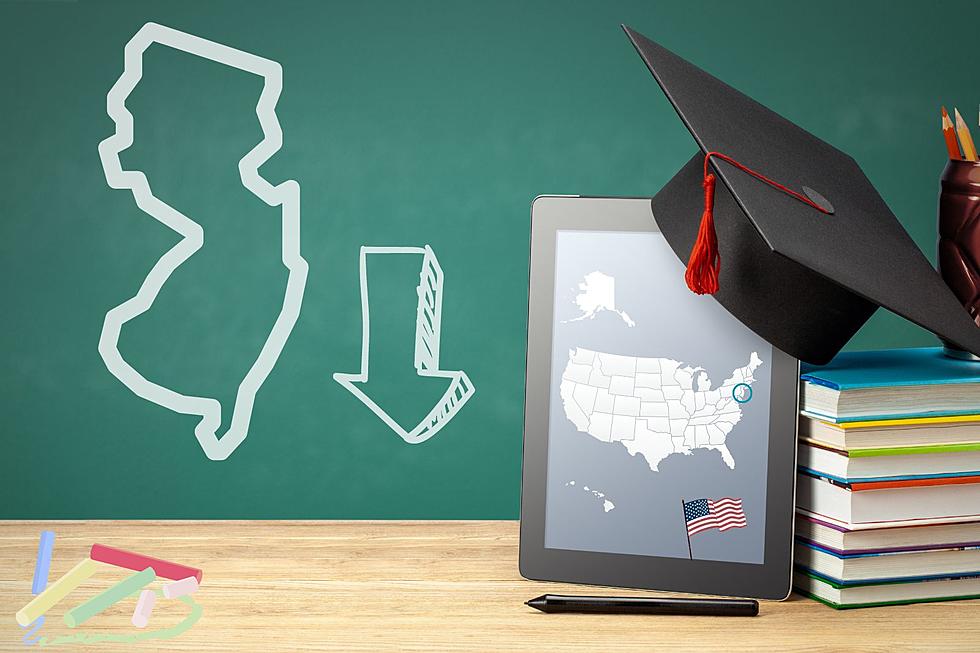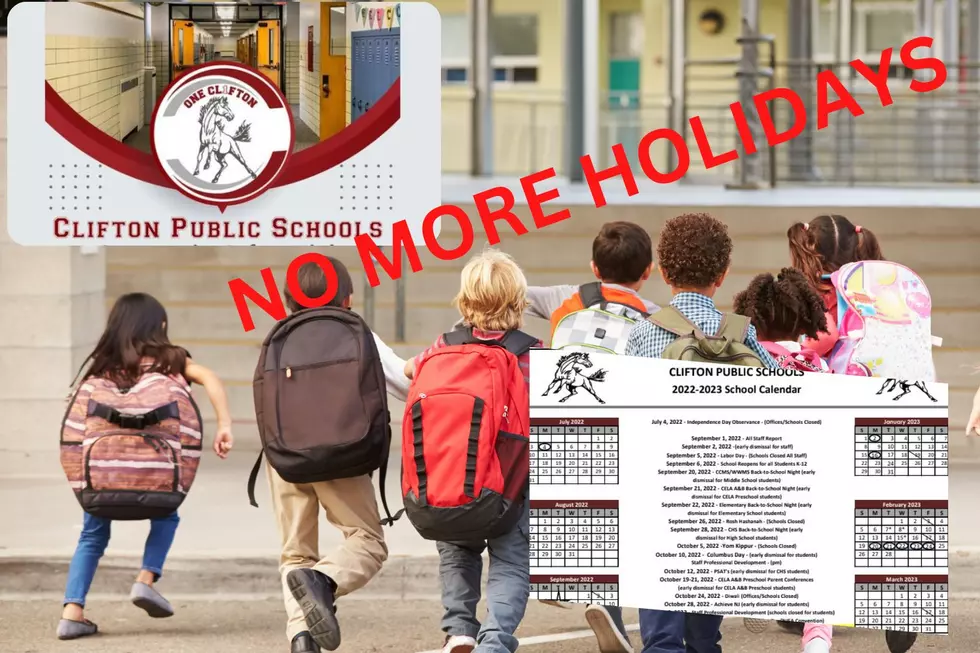
For English-language learners, pandemic made bad situation worse
TRENTON – While most every New Jersey student’s education took a hit during the pandemic, a new report built off a survey of English-as-a-second-language educators finds that English-language learners in particular missed out on critical services.
The overall finding was a familiar one that echoes what has been said about health care outcomes, technology challenges, special education services and more: the COVID-19 pandemic exacerbated inadequacies that already existed.
“Yes, some things have gotten worse during the pandemic,” said Emily Chertoff, director of the New Jersey Consortium for Immigrant Children. “Obviously now there are technology problems that weren’t true beforehand and resources are spread then. But a lot of the trends that the report covers reach well back before the pandemic.”
The report was completed by the Education Law Center, the New Jersey Consortium for Immigrant Children and New Jersey Teachers of English to Speakers of Other Languages/New Jersey Bilingual Educators.
It says English learners are dropping out of school in high numbers, including 180 dropouts at one district – about half of the school’s ELL students. Other kids went hungry during the year of at-home school because parents who don’t speak English didn’t know about the food distribution. Mental health services were scarce because they were more difficult to provide in languages other than English.
Among the other headaches for children learning English is that school communications with parents, who for a long time helped oversee virtual schooling, wasn’t done in their native language.
Kathleen Fernandez, executive director of NJTESOL/NJBE, said there’s a fairly simple fix for schools: Run it through Google Translate.
“Even if it’s not the most accurate of translations, it can get the information across,” Fernandez said.
Despite its shortcomings, 10% of respondents say Google Translate was the primary language accommodation for students even before the pandemic – which Chertoff said isn’t optimal educationally, even if it can help with letters to parents.
“Google Translate doesn’t help you to understand the real deep meaning of language and those words in context,” Chertoff said. “It’s really just a super surface understanding.”
New Jersey enrolls around 93,000 students who speak limited English, around 7% of all students. The most common country of origin for immigrant students is India, followed by the Dominican Republic.
The state must review and readopt its bilingual education code in 2022, and among the report’s recommendations is that it include an accountability and compliance process similar to what’s done for special education.
But ultimately, Chertoff said, most of the work will fall to school boards.
“A lot of this is going to have to be a local response to really fix these problems,” Chertoff said.

Chertoff said she and the other report authors are very aware a lot of schools have a hard time finding the money they need to do everything legally required of them, not just for English-language learners but other student populations needing extra services.
“It probably varies by district, and I think it’s a really complicated situation,” she said. “But even with the cost concerns that I know are there for a lot of districts, they have to do better than they’re doing.”
Fernandez said in many school districts, it’s about taking seriously issues such as assessing and placing students in the appropriate classrooms.
“That really is not necessarily a monetary thing but just a matter of a process that’s already in place working in the way that it’s supposed to,” Fernandez said.
Michael Symons is State House bureau chief for New Jersey 101.5. Contact him at michael.symons@townsquaremedia.com.
Census 2020: The 20 biggest places in New Jersey
How to get from Monmouth/Ocean to the Holland Tunnel without paying tolls
More From New Jersey 101.5 FM









